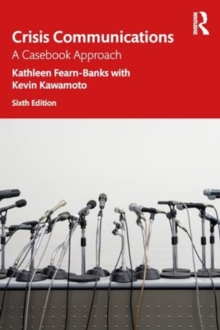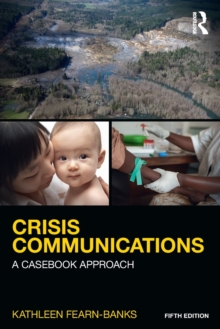
Covering the Environment : How Journalists Work the Green Beat PDF
by Robert L. Wyss
Part of the Routledge Communication Series series
Description
Covering the Environment serves as a primer for future and current journalists reporting on environmental issues across all types of media. This practical resource explains the primary issues in writing on the environment, identifies who to go to and where to find sources, and offers examples on writing and reporting the beat. It also provides background to help environmental journalists identify their audiences and anticipate reactions to environmental news.
This primer emphasizes the role of environmental journalists not as environmental advocates but as reporters attempting to accurately and fairly report the news. Contents include:
- An overview and history of the environment and journalism, spotlighting the most significant issues in the beat
- Guidance on understanding environmental and health science, ranging from issues of risk, to scientific research and studies, to interviewing scientists
- Insights into government and regulatory communities and environmental advocates on all sides of the political spectrum
- Assistance in accessing public records and conducting computer-assisted reporting
- Guidance in writing the story for print, broadcast and Internet audiences
- An examination of the future of journalism and coverage of the environment.
Observations and story excerpts from experienced journalists provide a "real world" component, illuminating the practice of environmental journalism. Additional features in each chapter include study questions, story assignments and resources for additional information. The book also provides a glossary of environmental, science, regulator and journalism terms, as well as a reference section and index.
This resource has been developed to train advanced undergraduate and graduate journalism students to cover the science and environment community, writing print and broadcast stories to a general audience. It also serves as a guide for working journalists who cover the environment in their work.
Information
-
Download - Immediately Available
- Format:PDF
- Pages:328 pages
- Publisher:Taylor and Francis
- Publication Date:17/12/2007
- Category:
- ISBN:9780203927601
Information
-
Download - Immediately Available
- Format:PDF
- Pages:328 pages
- Publisher:Taylor and Francis
- Publication Date:17/12/2007
- Category:
- ISBN:9780203927601










